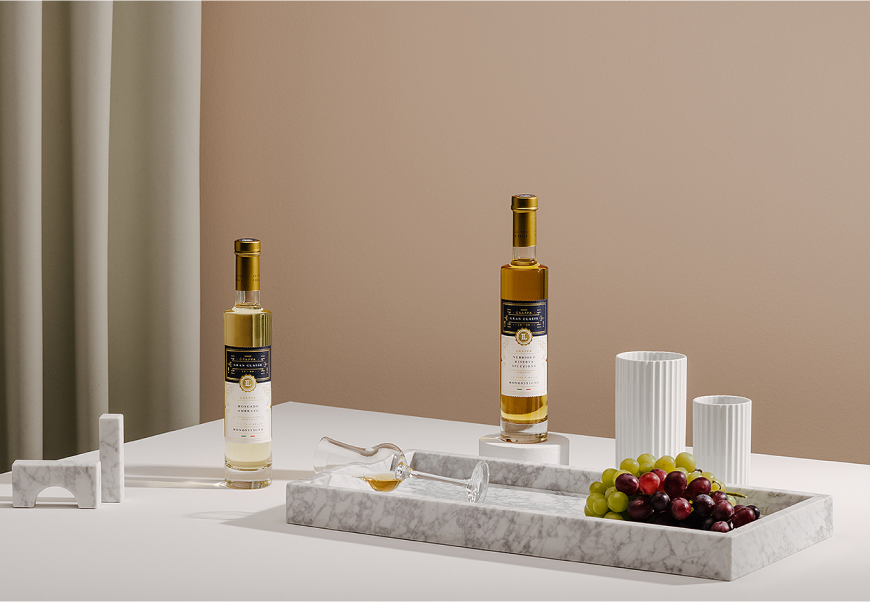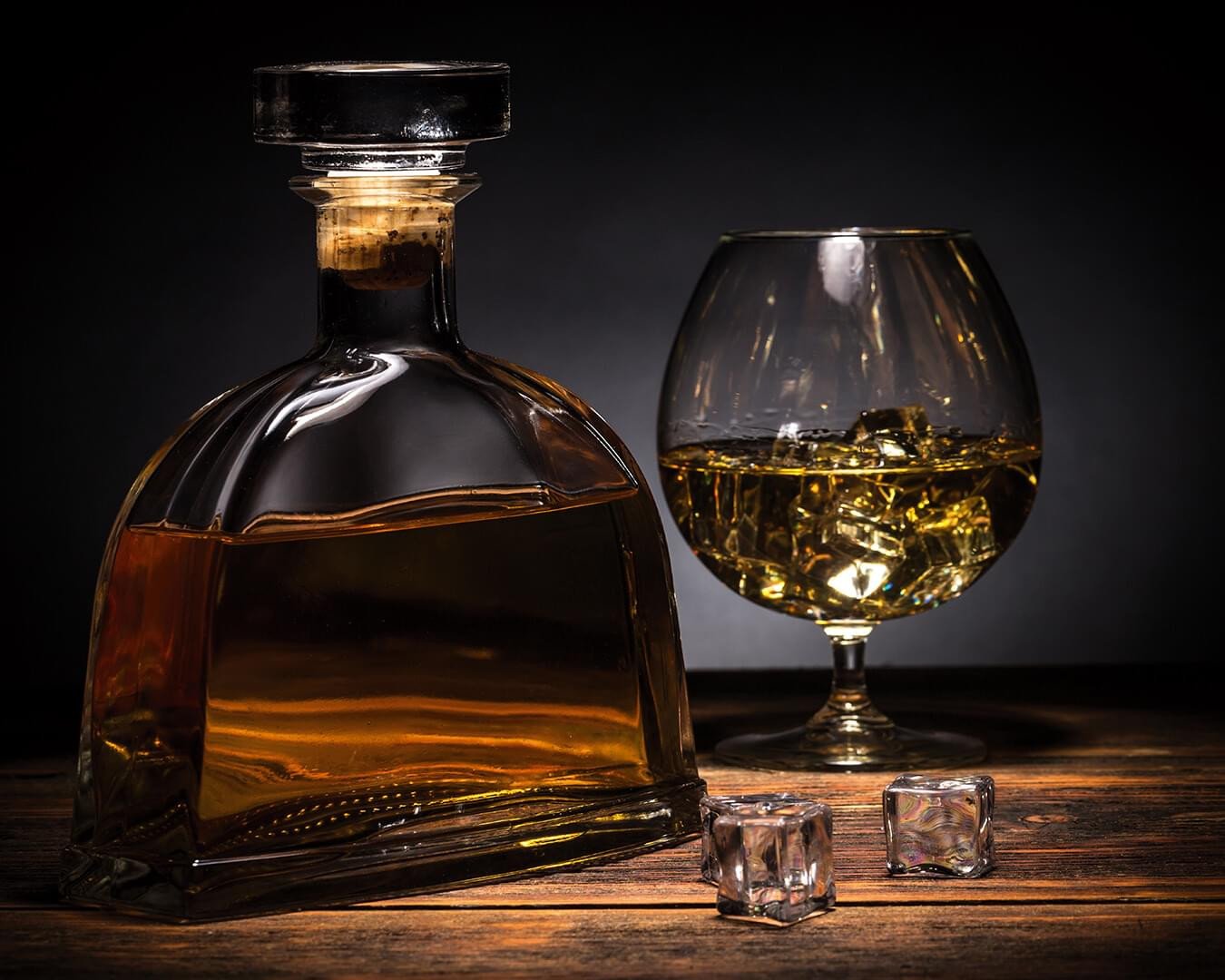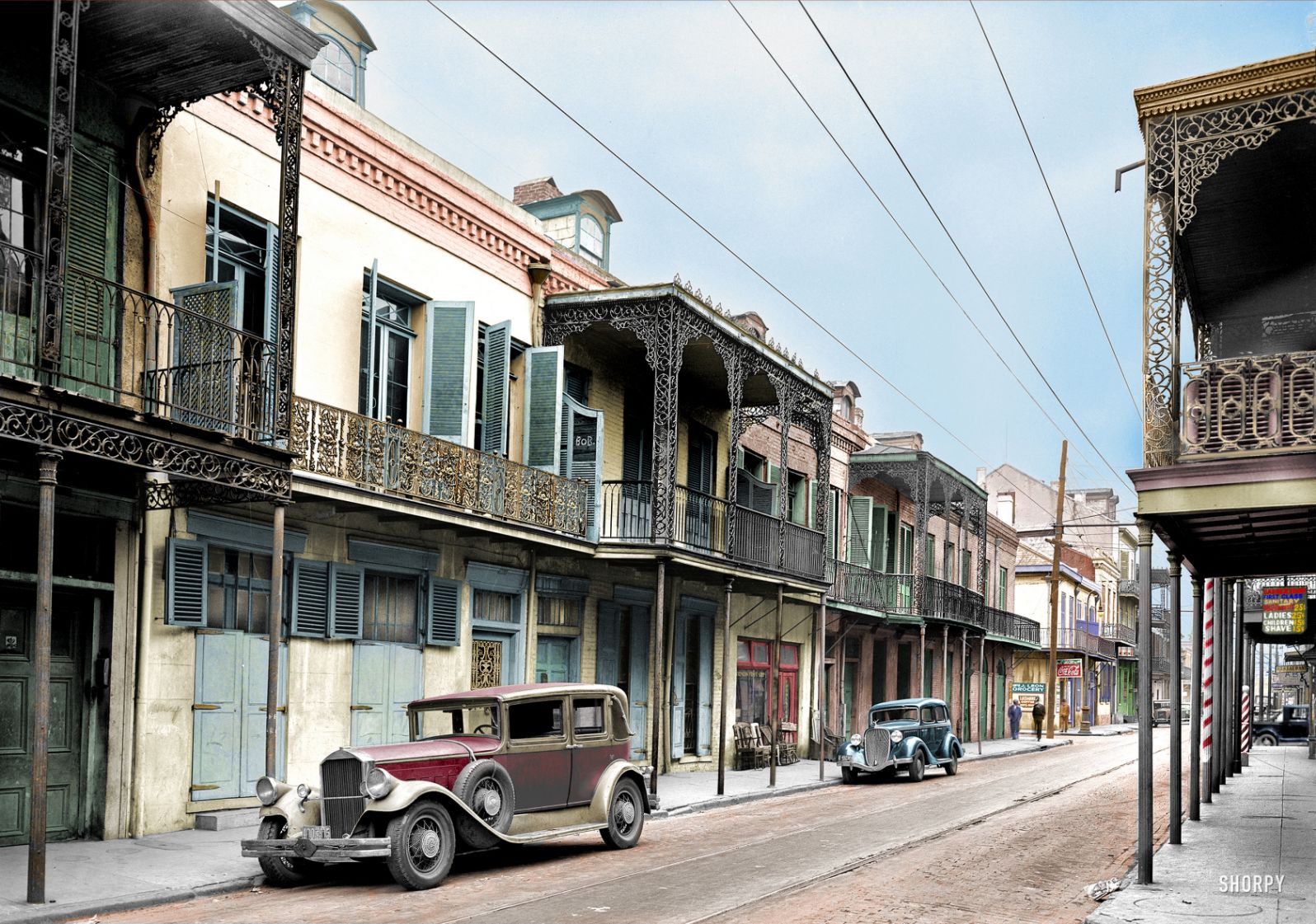Main / 3 reasons to try Grappa
3 reasons
to try
Grappa

April 27, 2021 author: leading bartender brabar Oleg Pokrovsky
All lovers of strong alcohol know, that cognac is the "drink of kings" or the "king of drinks". Because of its centuries-old history, impeccable taste bouquet, complex production and for a number of other reasons. However, things are changing. A new favorite appears in the sky of the variety of alcoholic beverages, which aims at the throne of cognac and other noble spirits. So, "The King is dead! Long live the new king" Our alcoholic game of Thrones begins in Italy, where peasants from time immemorial distilled from the waste of winemaking called cake, a drink with the sonorous name Grappa. We used Grappa exclusively, as we say "for warming". This was the case until the 1970s . Until the legendary distillery Nonina got down to business. Which, unexpectedly, is run by the Nonino family.

Let's talk about everything in order. To begin with, I suggest a little deeper understanding of the intricacies of the production and history of Grappa. The drink is still more exotic than a favorite in our latitudes. The history of Grappa takes us back to the dark Ages of the Middle Ages, where it was distilled for the first time on the basis of the famous medical school of Solerno. With the Industrial Revolution, "wandering alambics" appeared - people who had equipment for distillation, and they wandered from yard to yard, helping peasant households in the office work of distillates of various kinds, including Grappa. So "pocket fuel of peasants", so the Italians called grappa in those days, appeared in almost every proletarian in Italy. The aristocracy, politicians, businessmen and other representatives of capitalism did not have much interest in this "swill".
So the "pocket fuel of the peasants", as the Italians called grappa in those days, appeared in almost every proletarian in Italy. The aristocracy, politicians, businessmen and other representatives of capitalism did not have much interest in this "swill".
Until Giannola Nonino launched mono-varietal grappa in small (250 ml) Venetian glass bottles in 1974, the price of 8000 lire shocked consumers, and these consumers had no choice but to twist their finger at the temple. But the Nonino family is not the "Cinema Fund of Russia" and the experiment turned out to be successful. Four years later, the same Grappa rose 3.5 times. A stunning success, on which you can write dissertations on marketing. Now elite grappa is fashionable, stylish, youthful and every year this trend is only gaining momentum. And then, for sure, many readers wondered: did only brilliant marketing transfer grappa from the "pocket fuel of peasants" to the top league, where grappa fights with such an ear as cognac? Of course, there is no Grappa - one of the richest and most complex distillates in the world, already at the stage of distillation. And often it does not even require a long aging in barrels to achieve impressive taste results. Still, let's dig deeper. We will touch

Grappa distillers are not averse to experimenting. Experiments consist in aging grappa in oak barrels, chestnut, ash and white cherry. It is worth noting that grappa is known rather, as a pure distillate. Therefore, exposure is more of an experiment than a production procedure. So, we got close to the final stage of grappa production. Grappa is diluted with water up to 40% strength and bottled . Another interesting point in production is that they are kept in bottles for another six months before sale. Yes , grappa producers have chosen a difficult "bread".
Affinata - aged for at least 12 months in wooden containers.
Vecchia – aged for more than 12 months and less than 18 months in wooden containers.
Riserva (riserva) – aged for more than 18 months in wooden containers.
And finally, if you consider yourself to be an amateur oenologist or really are one, you should pay attention to monovarietale grappa (monovarietale) made from one grape variety or polivitigno (polivitigno) an assemblage of mono-varietal grappas from the same family of varieties. There is nothing more interesting than trying new things! Especially if it's new — Grappa!





